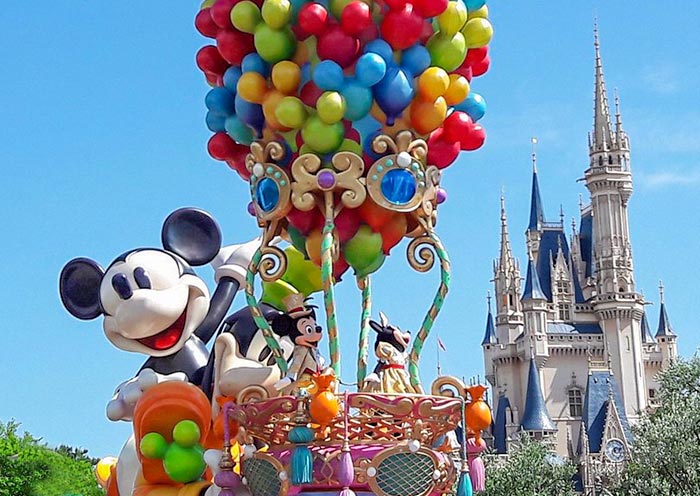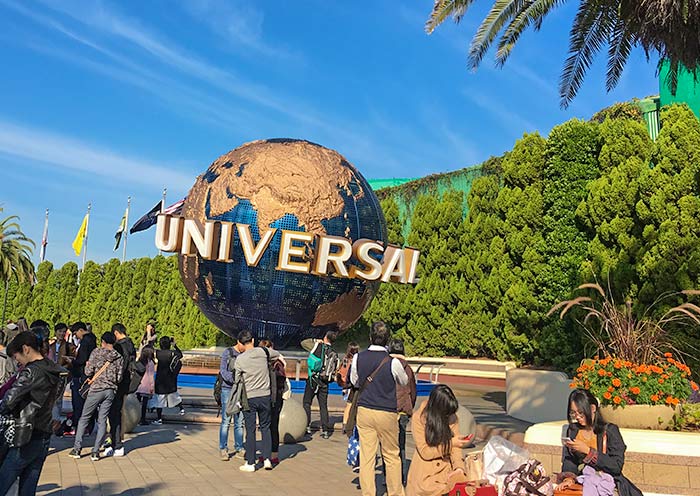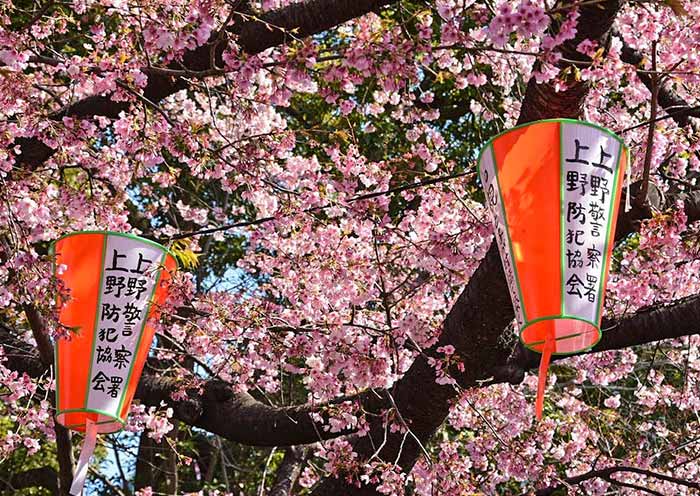9 Days Japan Golden Route Tour with Hiroshima (Osaka to Tokyo)
From
USD 3010![]()
- This is the price per person, based on a group of 6 people, 4-star hotel accommodation, and travel during the regular season.
- Early-bird rates apply to bookings made at least 6 months prior to the departure date.
- The price is subject to change depending on your travel season, group size, hotel class, and potential fluctuations in currency exchange rates.
- Highlights
- Itinerary
- Price
- Trip Notes
- Accommodation
- Photos
- Reviews
First Time in Japan: The Golden Route from Osaka to Tokyo
Our “9 Days Japan Golden Route Tour” begins in Osaka and first explores the western parts of the country, including Hiroshima, Nara, and Kyoto. The route then gradually moves eastward to tour Tokyo and its surrounding areas, such as Mount Fuji. Starting from Osaka or Kyoto means that the journey begins in a more relaxed and culturally rich area, gradually transitioning into the fast-paced and high-energy environment of Tokyo, making it an excellent choice for travelers who wish to "ease into" their experience. This is especially convenient for travelers from other Asian countries, as direct flights to Osaka might be more plentiful and economical.
The itinerary includes all the key highlights and essential experiences along the route, such as riding Japan's renowned Shinkansen (bullet train). Mount Fuji, a symbol of Japan and a famous natural landmark, is featured in travel plans. Including cities like Hiroshima enhances the understanding of Japan's historical depth. The tour places special emphasis on Kyoto, the cultural heart of Japan, dedicating two full days to exploring its rich tapestry of temples, shrines, and historical sites. Additionally, an excursion on the Sagano Scenic Railway to the Arashiyama district is included to enhance the cultural immersion.

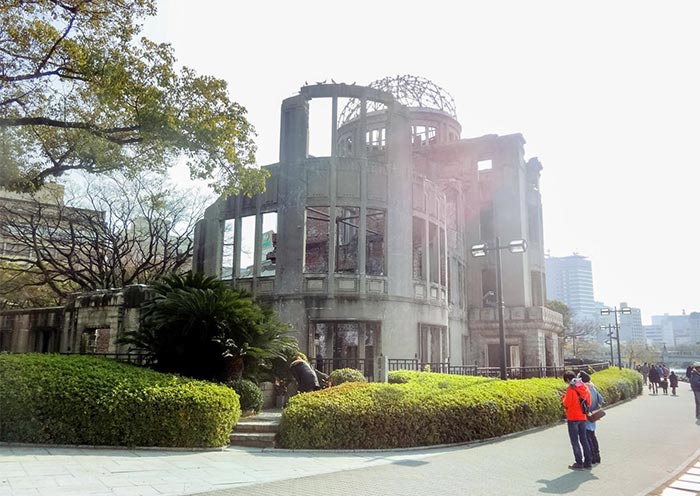
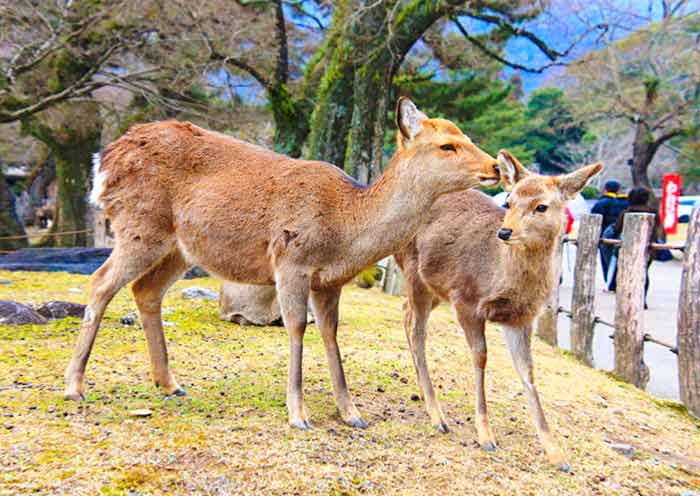
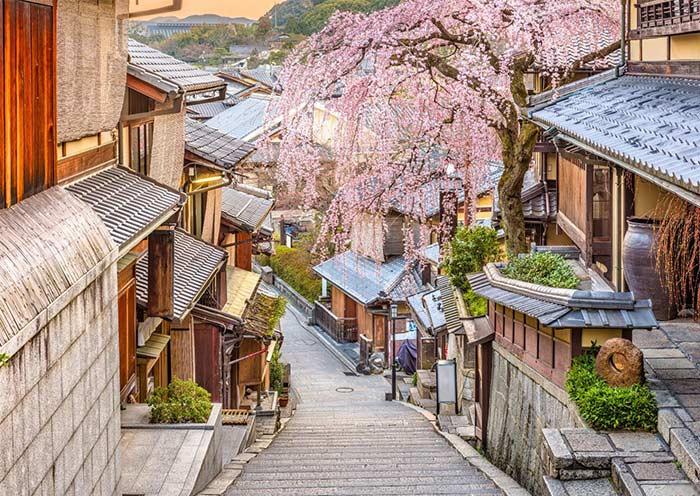
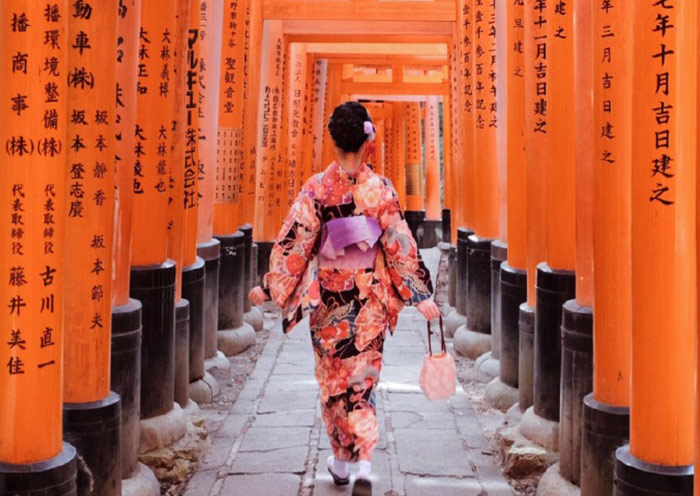
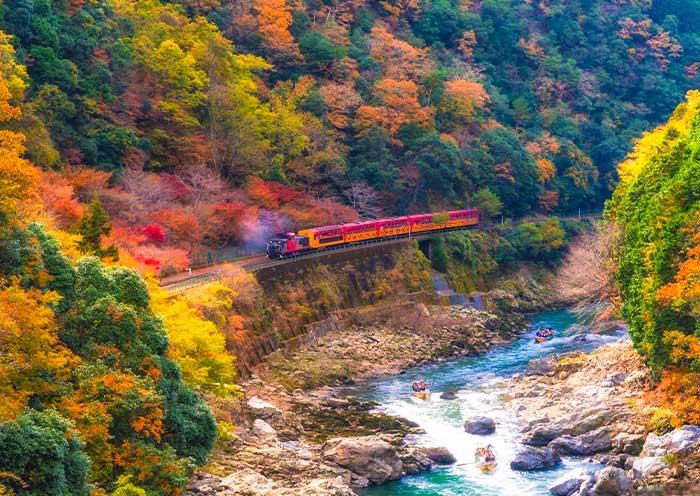
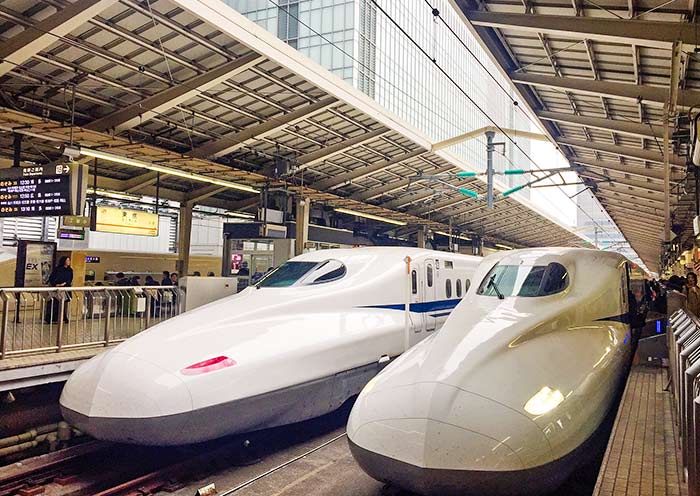

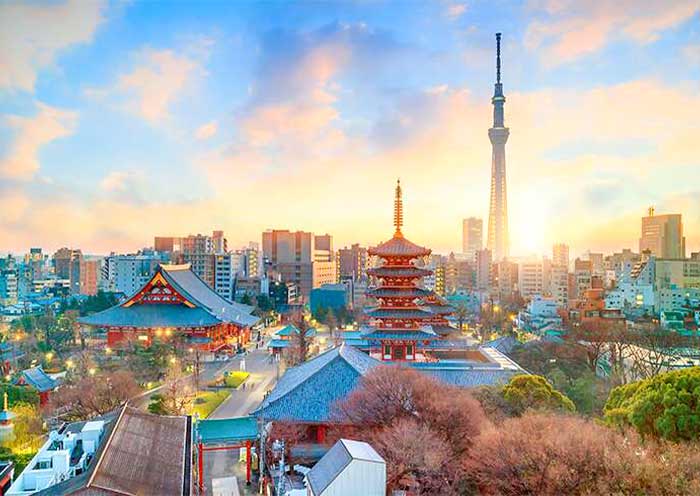
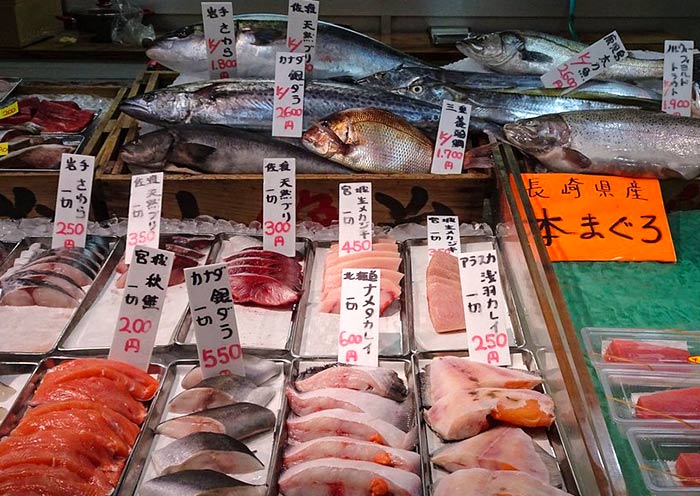
Itinerary at a Glance
Osaka (1.5 Days)
Osaka Castle Park
Hiroshima (1 Day)
Hiroshima Peace Memorial Park (Atomic Bomb Dome, Hiroshima Peace Memorial Museum), Itsukushima Shrine
Japan Nara (0.5 Day)
Todaiji Temple, Nara Park
Kyoto (2 Days)
Fushimi Inari Taisha Shrine, Kiyomizudera Temple, Ninenzaka & Sannenzaka, Yasaka Shrine, Gion, Kinkakuji Temple, Nijo Castle, Sagano Scenic Railway, Arashiyama Bamboo Grove, Tenryuji Temple, Togetsukyo Bridge
Mt. Fuji (1 Day)
Mount Fuji 5th Station, Lake Kawaguchi, Kubota Itchiku Art Museum, Tenjo-san Park Cable Car or Lake Cruise
Tokyo (3 Days)
Meiji Jingu Shrine (Meiji Shrine), Shibuya Crossing, Senso-ji Temple (Asakusa Kannon), Tokyo Skytree (Distant view), Tsukiji Outer Market (Tsukiji Fish Market)
Itinerary Day by Day
Welcome to Japan! Upon your arrival at Osaka's Kansai International Airport, our representative will greet you with a sign bearing your name right at the arrivals gate. Then he will transfer you to your carefully selected hotel in Osaka. Check into your hotel and take some time to settle in and refresh. The rest of today is free for you to explore the local surroundings at your own pace.
Osaka, as Japan's third-largest city and a major economic hub, is renowned for its rich history, diverse cuisine, unique culture, and strong economic power. The city exudes a distinct sense of humor and an open, warm personality, making it exceptionally vibrant and colorful compared to other cities. Across its vast concrete expanse, dazzling neon lights and brightly colored storefronts illuminate the lively nightlife and irresistible culinary scenes. Known as the "nation's kitchen," Osaka is the birthplace of many Japanese culinary delights.
Arrival Ideas:
By Flight: Kansai International Airport (KIX) is the main international gateway to the Kansai region of Japan. It hosts direct flights from major cities across Asia, Europe, North America, and Australia. In addition to international routes, KIX offers a wide range of domestic flights connecting Osaka with major Japanese cities like Tokyo, Sapporo, Okinawa, and Fukuoka.
By Shinkansen (Bullet Train): Shin-Osaka Station is the city’s shinkansen station. It can be reached via a short train ride from major cities like Tokyo, Nagoya, Hiroshima, and Fukuoka, making it a convenient option if you’re traveling from other parts of Japan.
Free Time Ideas in Osaka
- You can explore the Umeda district on your own, visiting the Umeda Sky Building for panoramic views of the city from its Floating Garden Observatory. As the sun sets, the city lights up, providing spectacular views and a perfect backdrop for your first night in Japan.
- You can immerse yourself in the vibrant atmosphere of Dotonbori, one of Osaka's most iconic entertainment and dining districts. Wander along the bustling streets illuminated by colorful neon signs, including the famous Glico Running Man and the Kani Doraku crab billboard. Indulge in local street food favorites like takoyaki (octopus balls) and okonomiyaki (savory pancakes) from various vendors. As night falls, Dotonbori's lively energy creates a perfect setting for enjoying your first night in Japan.
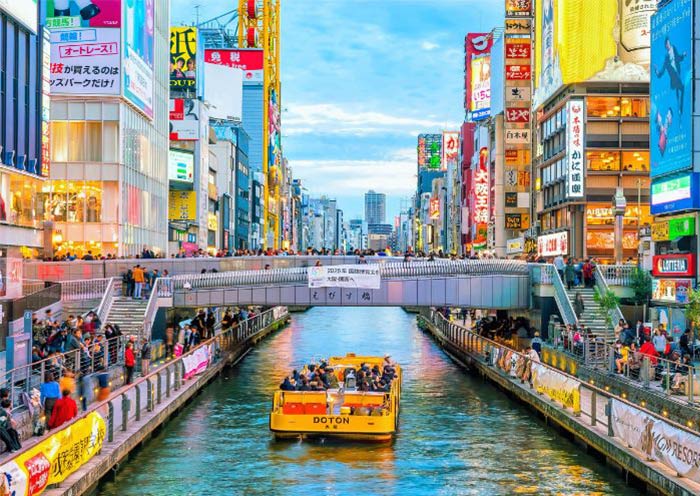
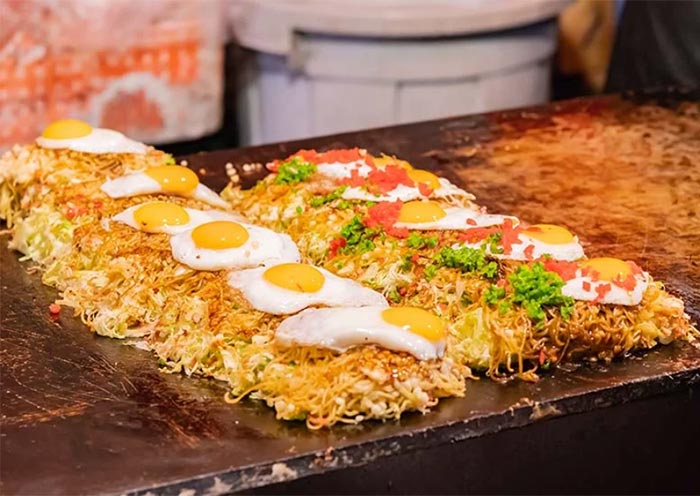
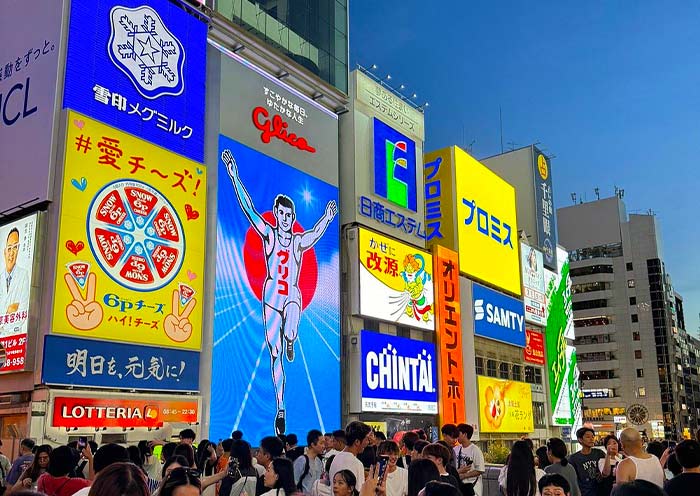

Today, you will head to Hiroshima, a modern city featuring broad, tree-lined boulevards, meandering rivers, and a bustling city center. While Hiroshima is perhaps best known for being the target of an atomic bomb attack near the end of World War II, the city is not defined by this tragic history. Instead, it has continually advocated for peace and understanding.
Note:
The distance between Osaka and Hiroshima is about 300 kilometers. A Shinkansen (Bullet Train) journey takes approximately 1.5–2 hours, while driving takes 4–5 hours. To optimize time and costs, we will arrange for a guide to accompany you on the Shinkansen journey between the cities, and you'll explore urban areas using public transportation (with actual transportation costs paid on-site).
Start your day early as your guide picks you up from your hotel in Osaka. The guide will assist you to the train station to board the Shinkansen (bullet train) and accompany you to Hiroshima.
Upon arrival in Hiroshima, proceed to the Hiroshima Peace Memorial Park. The park is dedicated to the victims of the atomic bomb in 1945 and is a poignant reminder of the costs of war. Hiroshima Peace Memorial Park has numerous monuments and the iconic Atomic Bomb Dome.
The Atomic Bomb Dome, officially known as the Hiroshima Peace Memorial, is one of the most iconic structures in the Hiroshima Peace Memorial Park. Originally serving as the Hiroshima Prefectural Industrial Promotion Hall, it is known for its distinctive European-style dome. On August 6, 1945, it was struck by an atomic bomb, and the dome was directly beneath the bomb's hypocenter, approximately 160 meters above ground. While the surrounding area was almost destroyed, parts of the building's structure miraculously survived, standing as a direct testament to the destructive power of the bomb. In 1996, the A-Bomb Dome was designated as a UNESCO World Heritage Site, symbolizing peace and serving as a warning against nuclear warfare.
Explore the Hiroshima Peace Memorial Museum to learn about the events leading up to the bombing, its devastating effects on the city's inhabitants, and the city’s post-war recovery. The museum holds exhibits that include personal items from victims, photographs, and other significant artifacts.
Today, if time allows, you can visit the island of Miyajima, a revered sacred site known for its breathtaking scenery and the famous floating torii gate of Itsukushima Shrine. On the short ferry ride there, you'll see the renowned Itsukushima Shrine, which is situated on Miyajima. At high tide, it appears to float on the sea. It has been designated as a UNESCO World Heritage Site and is among Japan's most celebrated tourist attractions. Be sure to stand on the deck to get a good view of the giant red Torii gate rising out of the sea.
After the tour, board the Shinkansen back to Osaka with your guide. Stay overnight in Osaka.
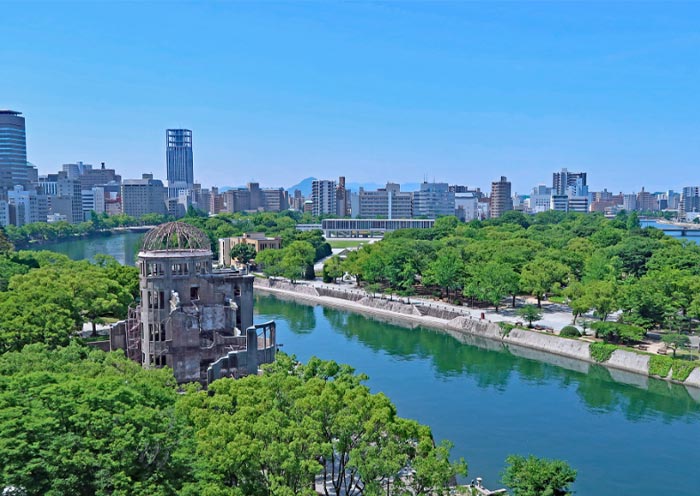


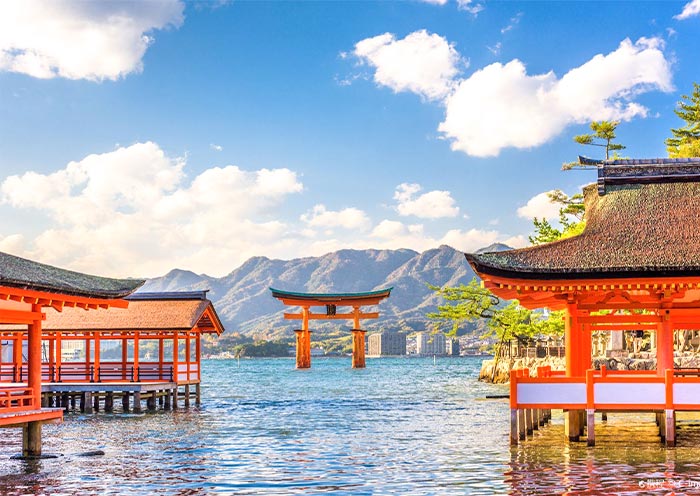
Today, you'll journey from Osaka to Kyoto, with a stop in Nara along the way.
Start your day at Osaka Castle Park, one of Japan’s most famous landmarks and a symbol of Osaka’s historical grandeur. Originally built in 1583 by Toyotomi Hideyoshi, a powerful daimyo who aimed to unify Japan, it was the largest castle of its time. After multiple renovations and reconstructions, today's Osaka Castle has been transformed into an open park, covering a total area of 105.6 hectares, making it a must-visit attraction.The park is home to numerous species of trees, including ginkgo, maple, and zelkova, which all change colors during the autumn. The historic Osaka Castle, with its distinctive green-tiled roof and white walls, provides a stunning contrast against the colorful autumn leaves, offering excellent photo opportunities.
The most breathtaking feature is the Main Tower (Tenshukaku) of Osaka Castle, which stands tall against the sky at the center of the extensive castle grounds. The castle tower's interior is a museum showcasing artifacts related to Toyotomi Hideyoshi and the castle's history. The observation deck on the 8th floor offers a panoramic view of Osaka Castle Park and the Osaka Plain. Optional Activity: Take some time to stroll through the Nishinomaru Garden, this area has a large lawn surrounded by hundreds of cherry and ginkgo trees.
Then, you will depart from Osaka to Nara (takes about 45 minutes). Nara holds a special place in Japanese history as the country's first permanent capital, predating Kyoto. Nara boasts eight World Cultural Heritage sites, making it Japan's second most culturally rich city after Kyoto. In autumn, you'll witness a stunning blend of ancient landmarks, charming deer, and vibrant fall foliage in Nara, making for an exceptionally beautiful experience.
Visit Todaiji Temple, one of Japan's most historically significant temples and a UNESCO World Heritage site. It is known for housing the world’s largest bronze statue of the Buddha Vairocana, which stands just over 16m high and consists of 437 tonnes of bronze and 130kg of gold. It represents Vairocana Buddha and is flanked by two Bodhisattvas. Todaiji's main hall, Daibutsu-den (Big Buddha Hall), is one of the world’s largest all-wood buildings, despite the fact that the present reconstruction of 1692 is only two-thirds of the original temple hall's size.
After the tour, drive to Kyoto to visit Fushimi Inari Taisha Shrine, which is famous for its thousands of vermilion torii gates, known as Senbon Torii (“thousands of torii gates”). Layers upon layers of vermilion torii gates line the lush, wooded hillside, forming a seemingly endless corridor. The vibrant orange and black gates contrast beautifully with the surrounding greenery, creating a visually stunning and almost otherworldly path that is highly photogenic.
Fushimi Inari Taisha was founded in the early 8th century (711 AD) and is primarily dedicated to Inari, the Shinto god of rice, fertility, sake, agriculture, and industry. As you explore the shrine, you will encounter hundreds of fox statues. Said to be the messengers of the god Inari, who is associated with cereal grains, these fox statues often symbolize the deity. Many of these fox statues are depicted holding a key in their mouths, which is said to open the granary.
Tips: Hiking to the summit of the mountain and back will take two to three hours, but many people go only as far as the Yotsutsuji intersection because there are fewer torii gates beyond this point. It will take 30 to 40 minutes to reach Yotsutsuji.

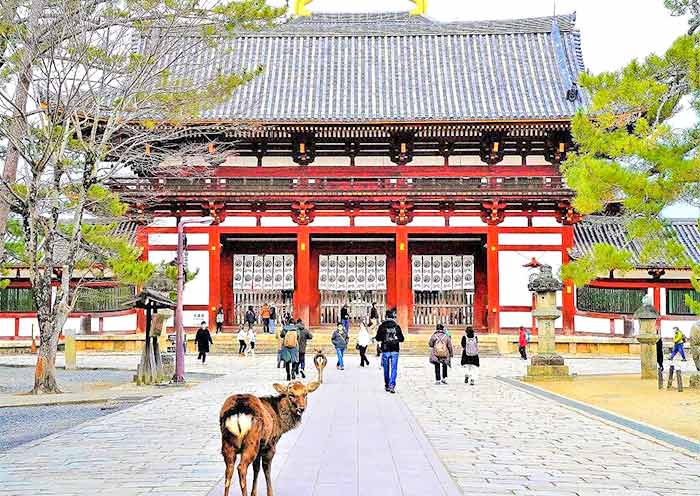


Kyoto, once the capital of Japan, epitomizes ancient Japan. Boasting 17 UNESCO World Heritage sites, over 1,000 Buddhist temples, and more than 400 Shinto shrines, Kyoto is among the world's most culturally rich cities. Known for traditional arts like tea ceremonies, kaiseki dining, and ikebana (flower arranging), Kyoto is also one of the best places to observe geishas.
Start your day with a visit to one of Kyoto's most iconic sights, Kinkakuji Temple (Golden Pavilion) - a UNESCO World Heritage site. This Zen Buddhist temple is famous for its stunning golden exterior. The temple's stunning visual appeal comes from its top two floors, which are completely covered in gold leaf. The reflection of the golden structure shimmering in the pond in front of it, makes it perfect for photos and quiet reflection. It was originally built in 1397 as a retirement villa for Shogun Ashikaga Yoshimitsu. After Yoshimitsu's death, as per his will, the villa was converted into a Zen temple by his son.
Next, visit Kiyomizudera Temple, a UNESCO World Heritage Site. Perched on the hillside of Eastern Kyoto, this temple is renowned for its wooden stage that juts out over the hill, providing stunning views of the city and the surrounding nature. The temple's main hall, constructed entirely without the use of nails, is an architectural marvel. Kiyomizu-dera is also celebrated for its sacred waters, which are believed to have wish-granting powers that draw countless visitors who come to drink from its stream. Don’t miss the Hondo (Main Hall), Jishu Shrine, the Otowa Waterfall, and the spiritual experience of the Tainai-Meguri room.
Tips: The scenery at Kiyomizu-dera Temple is distinctively beautiful in each season, offering a unique charm year-round. In spring, the mountains are adorned with charming cherry blossoms; in summer, they are lush with vibrant greenery; in autumn, they are decorated with brilliantly colored leaves; and in winter, they are filled with enchanting trees.
Then, walk up the well-preserved streets of Ninenzaka and Sannenzaka. These charming, sloping streets are lined with traditional shops and quaint tea houses, offering a nostalgic glimpse into Kyoto's past. As you stroll through these areas, you can shop for unique crafts, sample local snacks, and perhaps stop at a café to relax and soak in the atmosphere of old Kyoto.
Continue to Yasaka Shrine, the guardian shrine of the Gion entertainment district, which dates back over 1350 years. Yasaka Shrine is particularly favored by those seeking beauty and wealth. Visiting this significant Shinto shrine in Kyoto, you may also find yourself gaining some good luck. The shrine is most famous for its Gion Matsuri in July, during which you can witness the procession where the deities of Yasaka are paraded through the city streets.
Adjacent to the shrine, Gion is Kyoto's famous geisha district. Here, you might catch a glimpse of Geisha (Geiko) in their elaborate kimonos and traditional makeup. As you wander through the cobblestone streets of Gion, take a moment to appreciate the beautifully preserved machiya (wooden townhouses), ochaya (teahouses), and exclusive ryotei (traditional Japanese restaurants). Gion is particularly enchanting at dusk when the lanterns are lit and geishas and maiko (apprentice geishas) make their way to evening appointments, making the narrow lanes come alive.
Stay overnight in Kyoto.
Optional Activities:
- Join a Geisha Experience. It offers a chance to see a performance by a geisha, experience the tea ceremony, and learn all about its artful ritual
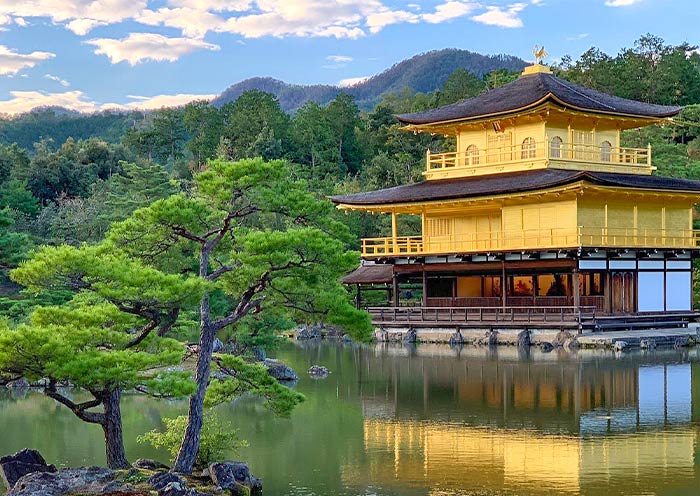

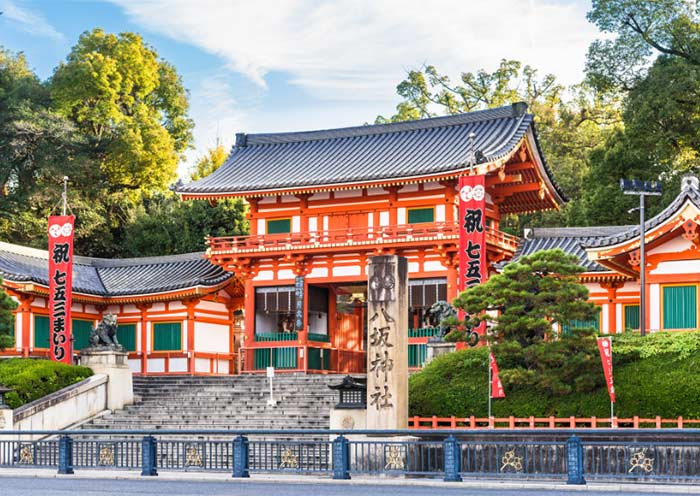
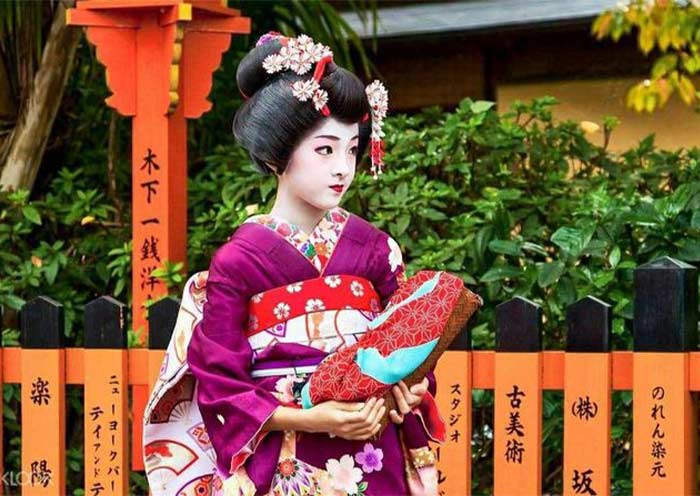
Today, you'll be visiting some of Kyoto's most iconic spots, then head to the Arashiyama and Sagano areas located in the northwest of Kyoto. This itinerary will not only allow you to deeply experience Kyoto's culture and history but also bring you closer to nature, letting you feel the changes of the seasons.
First, head to Nijo Castle, another UNESCO World Heritage site, to delve deeper into Japan’s feudal history. Constructed in 1603 as the Kyoto residence of Tokugawa Ieyasu, the first shogun of the Edo period, its expansive grounds and ornate architecture highlight the power and wealth of the dominant samurai clans during the Edo period (1603-1867).
The castle features two concentric rings of fortifications, each consisting of a wall and a wide moat. After passing through the grand Kara-mon (gate), you will enter Ninomaru Palace, which is divided into five buildings with numerous chambers. The interiors are adorned with masterful paintings by the Kano school, reflecting the cultural and artistic heritage of the era. The castle is renowned for its "nightingale floors," (that sing and squeak at every move, making it difficult for intruders to move about quietly), designed as a security measure against intruders. Don’t miss the excellent Ninomaru Palace Garden, which was designed by the tea master and landscape architect, Kobori Enshu.
Historical Context:
Nijo Castle holds a significant place in Japanese history. It was at Nijo Castle in 1867 that Tokugawa Yoshinobu, the 15th and last shogun of the Tokugawa dynasty, declared the restoration of imperial rule, leading to the Meiji Restoration. This event marked the end of the shogunate system in Japan and the beginning of modern Japan as a nation-state.
Head to the Arashiyama area in the western part of Kyoto and take a ride on the Sagano Scenic Railway, also known as the “Romantic Train”. It is a sightseeing train line that runs between Arashiyama and Kameoka.On the way, the train runs along the Hozugawa River gorge, offering fantastic views of the forests and mountains. It is particularly scenic during the autumn foliage season, but in the spring passengers can enjoy the cherry blossoms, in the summer a cool breeze and the sound of cicadas, and in the winter dramatic snowy landscapes.
Exit at Arashiyama Station and walk to the nearby Arashiyama Bamboo Grove. The famous pathway is surrounded by towering bamboo, which creates an otherworldly atmosphere. This path leads you through one of Kyoto's most photographed landscapes.
After a short walk, explore Tenryuji Temple which is designated as a UNESCO World Heritage Site and is one of the so-called Kyoto Gozan or "five great Zen temples of Kyoto". Don't miss the garden, designed by the famous Zen master Muso Soseki, which reflects the concept of shakkei ("borrowed landscape"). Tips: The temple and its gardens are particularly beautiful during the cherry blossom season in spring and the colorful foliage season in autumn.
Conclude your visit to Arashiyama by walking to the Togetsukyo Bridge, an iconic historical wooden bridge offering picturesque views of the surrounding mountains and river, encapsulating the tranquil beauty of the area.
After the tour, drive back to Kyoto downtown. Stay overnight in Kyoto.

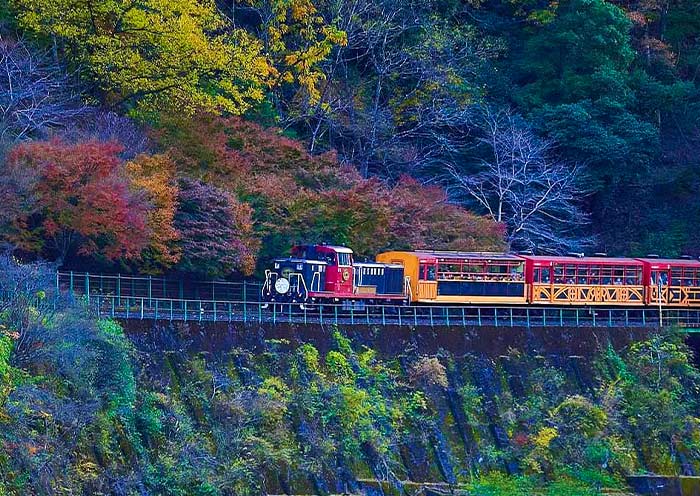

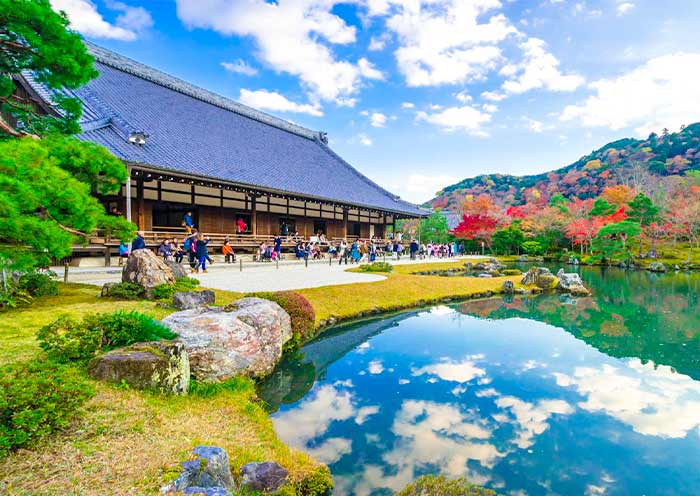
Today, you will take the Shinkansen (bullet train) to Tokyo. A driver will wait for you at the hotel entrance at the scheduled time and transport you to Tokyo Station.
Shinkansen Ride: At Shin-Osaka Station, board the Shinkansen (bullet train) bound for Kyoto Station (about 2.5 hours). This fast and comfortable journey offers a chance to enjoy the changing landscapes of urban and rural Japan.
Upon arrival in Tokyo, a driver holding a sign will wait in the designated area to greet you and provide a private transfer to your hotel. Check into your hotel and take some time to settle in and rest.
Tokyo, the capital of Japan, is one of Japan and Asia's largest economic centers. Tokyo is a hub for Japanese culture and art, with numerous museums, art galleries, theaters, and cultural venues, serving as a vital platform for artistic activities and cultural exchanges. Tokyo stands as a significant base for technological advancement, nurturing numerous high-tech companies and innovative talents, holding leading positions globally in areas like electronics, automotive, and robotics technology.
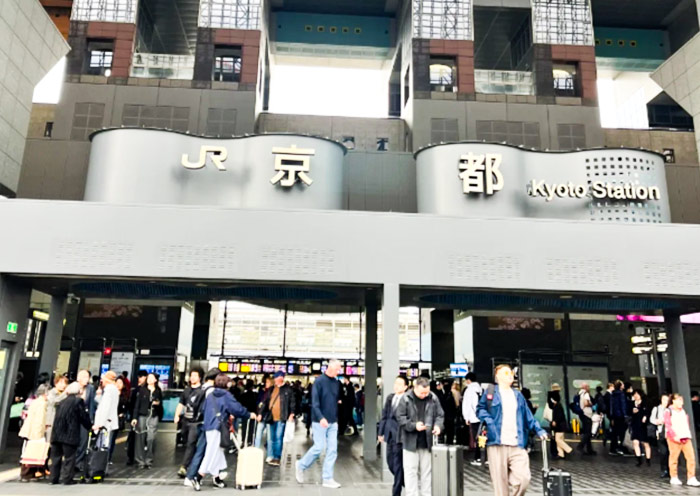


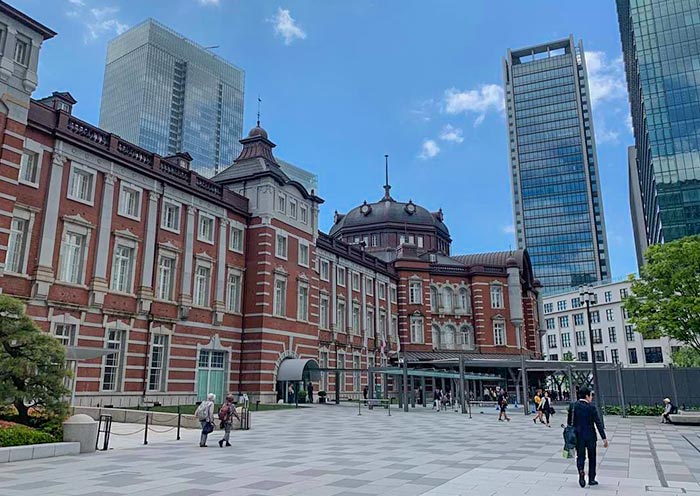
First to visit Meiji Jingu Shrine (Meiji Shrine), a Shinto Shrine dedicated to Emperor Meiji (1852-1912) and Empress Shoken (1849-1914), who played a crucial role in modernizing Japan while excelled in writing Waka (traditional Japanese poems of 31 syllables in the pattern 5-7-5-7-7). Meiji Shrine is also a popular venue for traditional weddings, where you will have the opportunity to witness a Japanese wedding procession and experience the charm of Japanese traditional culture.
The Meiji Shrine is nestled within a tranquil forest that covers an area of 70 hectares, providing a peaceful escape from the bustling city. This forest is home to over 100,000 trees that were donated from regions across Japan during the shrine's construction, in honor of their beloved Emperor Meiji (who established Shinto as the state religion) and Empress Shoken.
Take a stroll along the paths and enjoy the fresh air and natural beauty. You will walk through Japan's largest wooden Torii gate, standing in its natural wooden hue and weighing up to 13 tons. The Torii gate serves as the Symbol of Shinto Shrines, marking the transition from the worldly to the sacred. Then, you will notice the impressive Sake Barrel Wall along the South Approach, which features offerings from sake breweries and believers across Japan, including barrels of sake and Western liquor, reflecting Emperor Meiji's fondness for Western culture.
At the main hall of Meiji Shrine, you can witness locals washing their hands and rinsing their mouths at Purification Font before worship as a sign of respect. You can offer a 5-yen coin (symbolizing a connection) like locals and pray for blessings. In the eyes of the Japanese, Meiji Shrine is considered to have such boundless capabilities, from naming ceremonies for newborns, to coming-of-age ceremonies, graduation ceremonies, seeking marriage partners, praying for world peace, family well-being, safe travels, good health, warding off calamity, etc.
In addition to immersing yourself in Japanese Shinto traditions and architecture, revel in the enchanting surroundings filled with lush trees, serene ponds, graceful bridges, and stone pathways that epitomize the essence of traditional Japanese garden art. You should visit here to enjoy the vibrant bloom of cherry blossoms in spring, the verdant beauty of summer, the fiery hues of autumn leaves, and the serene snowy landscapes of winter.
Tips for Visiting Meiji Jingu Shrine:
- Wear modest clothing: Respect the sacred nature of the shrine by dressing appropriately.
- Be mindful of noise levels: Maintain a quiet and respectful atmosphere.
- Inner Garden (Optional; self-pay; once Imperial Property), and Meiji Jingu Museum (Optional; self-pay; items used by the imperial couple).
Then, move to visit Shibuya Crossing, one of the busiest intersections in the world, accommodating approximately 3,000 people per minute. As one of Tokyo's iconic locations, Shibuya attracts tourists and photographers from around the globe who come to observe and capture its essence. Numerous movies, TV shows, commercials, and music videos are filmed at this location, such as "The Fast and the Furious: Tokyo Drift."
Additionally, if you're interested in the story of Hachiko, the loyal dog, you can also visit his bronze statue. This Hachiko statue is located outside Shibuya Station and was erected to commemorate Hachiko's loyalty. Not only is it a popular meeting spot, but it's also a must-visit attraction for tourists. The statue symbolizes the power of loyalty and love, serving as a touching tribute.
In the afternoon, head to Senso-ji Temple (Asakusa Kannon Temple), a must-visit for anyone traveling to Tokyo. While there, be sure to capture a photo of Tokyo Skytree, Japan's tallest tower, visible in the distance.
Senso-ji Temple (Asakusa Kannon Temple), is one of the oldest and most famous Buddhist temples in Tokyo, located in the Asakusa district of Taito, Tokyo. The temple is dedicated to Kannon Bosatsu (Avalokiteshvara), the Bodhisattva of compassion. According to legend, in 628 AD, two fishermen retrieved a statue of Kannon from the Sumida River and decided to construct a temple to enshrine it. Completed in 645 AD, Senso-ji has since become a spiritual symbol of Tokyo.
The temple's entrance is marked by the iconic Kaminarimon (Thunder Gate), featuring a massive red lantern and protective deity statues that symbolize the temple's guardians against evil spirits. This gate is a popular photo spot and marks the beginning of Nakamise Street, a lively shopping street lined with stalls offering traditional Japanese snacks, crafts, and souvenirs, which leads up to the temple's second gate, the Hozomon.
Beyond the Hozomon lies the main hall, dedicated to Kannon and adorned with exquisite decorations, where devotees pray and worship. Adjacent to the main hall is the temple’s five-story pagoda, another striking feature, representing the traditional Japanese architectural style and symbolizing the five elements of Buddhist cosmology - earth, water, fire, wind, and void.
From Senso-ji looking south, you capture a photograph of Skytree Tower (Japan's Tallest Tower; 634 meters). On this street, you can see both old buildings and modern skyscrapers together, providing a visual contrast between traditional and modern.
After that, you can explore Tsukiji Fish Market (Now Toyosu Market). Tsukiji Fish Market was once the world's largest fish market, famous for its tuna auctions. However, in 2018, it relocated to a new, larger facility called Toyosu Market. You can still enjoy fresh seafood (sashimi, sushi, or seafood rice bowls), purchase kitchenware, and learn about a variety of seafood, including the characteristics, cooking methods, and nutritional value of different types of seafood.
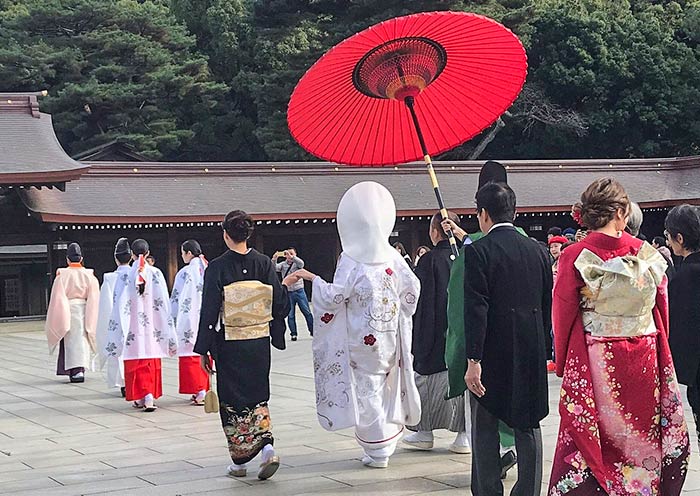
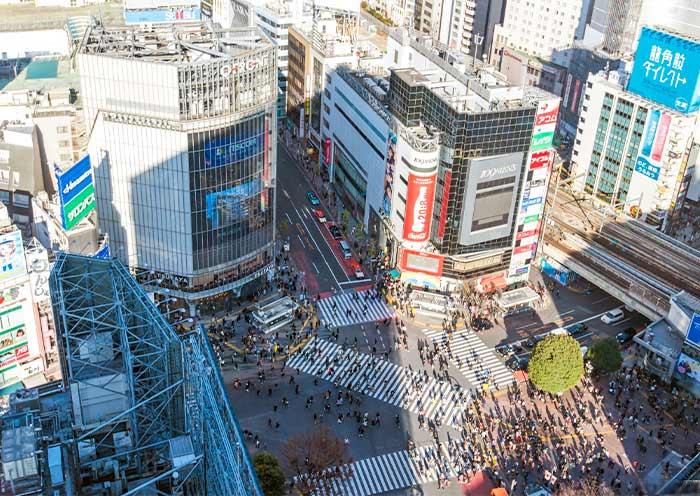


Today, it will be a full-day round trip (300 km) to admire the breathtaking views of Mount Fuji from the Mount Fuji 5th Station, Lake Kawaguchi.
Mount Fuji is the tallest mountain in Japan. It's a famous volcano with a perfectly symmetrical cone shape. Visiting Mount Fuji is essential for any traveler in Japan. As a UNESCO World Heritage Site, Mount Fuji (3,776 m) stands as an iconic symbol of Japan, a cultural and spiritual landmark (recognized as a holy mountain in Shintoism), and a natural marvel. When picturing Mount Fuji, its distinctive perfect cone shape and snow-capped peak likely come to mind. Among the most renowned depictions is Katsushika Hokusai's 'Thirty-Six Views of Mount Fuji'. Hokusai, one of the "Three Greats of Ukiyo-e," is best known for his masterpiece "The Great Wave off Kanagawa."
Start your journey to Mount Fuji 5th Station for a close-up Mount Fuji view. It offers breathtaking panoramic views of Mount Fuji (if weather permits) and the surrounding area, including the Fuji Five Lakes. For those adventurous enough, the 5th Station is the starting point for climbing Mount Fuji. Experience the unique alpine environment and the thrill of being so close to Japan's iconic mountain.
Then, head to Lake Kawaguchi for a leisurely walk along the lakeside. Lake Kawaguchi is renowned for its clear waters that often reflect the majestic Mount Fuji (if weather permits), creating a postcard-perfect scene and making it a popular destination for both domestic and international tourists.
For art lovers, the next stop is the Kubota Itchiku Art Museum, located near Lake Kawaguchi. This unique architectural space houses a collection of beautiful rare kimonos, all designed and created by artist Ichiku Kubota. Ichiku Kubota (1917–2003) was a master textile artist renowned for his exquisitely crafted kimonos. He developed his own complex dyeing techniques, creating intricate patterns and colors inspired by nature, landscapes, and traditional Japanese culture. The tranquil museum setting also offers beautiful views of Mt. Fuji and the lake.
After exploring the museum, choose between two scenic experiences: a cable car ride at Tenjo-san Park or a peaceful cruise on Lake Kawaguchi.
Tenjo-san Park (Cable Car): Take a scenic cable car ride up to the park’s observation area. From the top, you’ll be treated to a stunning 360-degree view of Mt. Fuji, Lake Kawaguchi, and the surrounding countryside.
Alternatively: Lake Kawaguchi Cruise: If you prefer a more tranquil experience, you can opt for a lake cruise on Lake Kawaguchi. This leisurely boat ride offers beautiful views of Mt. Fuji from the water, allowing you to appreciate the landscape from a different perspective.
After that, head back to Tokyo overnight and have a good rest.
Notes:
If the weather is clear, you can enjoy a good view of Mt. Fuji. However, if the weather is not favorable, Mt. Fuji may not be visible.
The best time to view Mount Fuji is generally from Nov. to Feb. when skies are clearer and the peak is snow-capped. Nevertheless, it's important to keep in mind that weather can be unpredictable, and even during these months, there is no guarantee of a clear view.
Early mornings often provide the best visibility before clouds obscure the view. Different locations around Mount Fuji offer varying perspectives, with some spots known for their clear views.

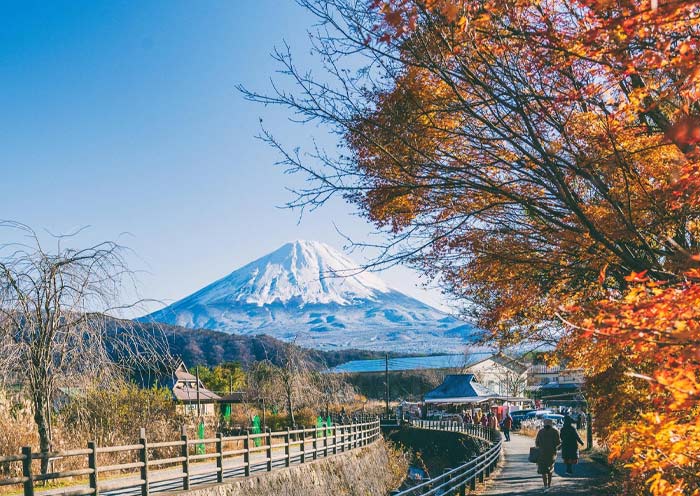
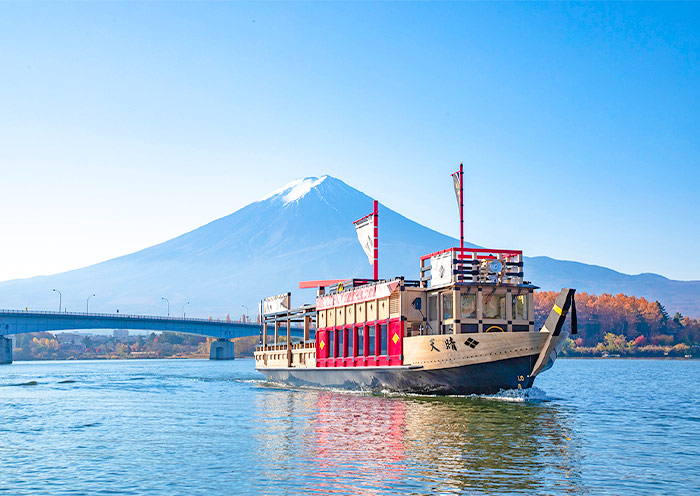
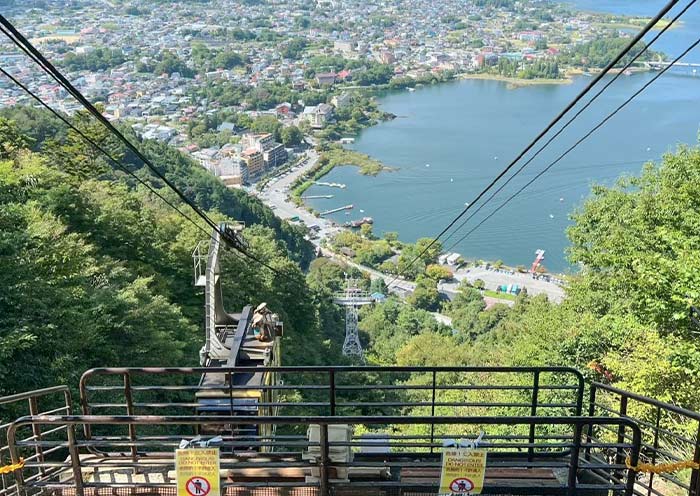
It is time to end your unforgettable 9 Days Japan Tour. Your driver will ensure a smooth transfer to Tokyo Narita Airport (NRT) or Tokyo Haneda Airport (HND) for your departure flight.
Trip Extension: If you'd like to extend your adventures in Japan, consider exploring other notable regions like Kobe, Uji, etc. Feel free to contact us to customize your extended itinerary.
Thank you for choosing Asia Odyssey Travel for your tour of Asia. We are dedicated to enhancing your travel experiences and look forward to welcoming you on your next adventure in Asia. Have a safe journey home!
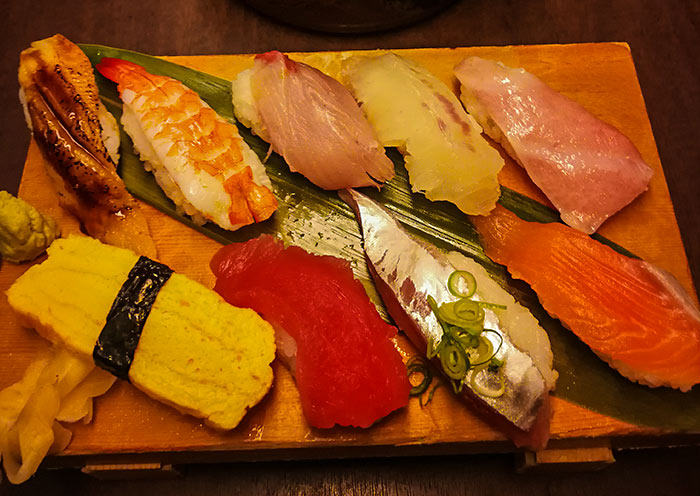
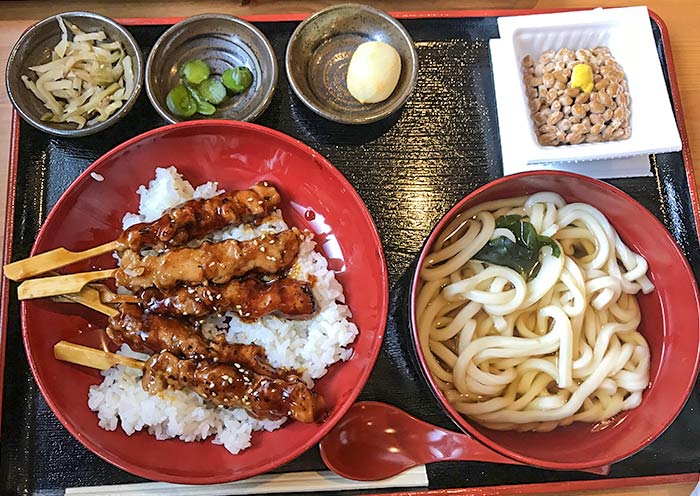
Explore Tour Costs and Request a Free Quote
| Number of People | Regular Season | Spring Season | Autumn Season | Book Tour |
|---|---|---|---|---|
| (Jan, Feb, May, Jun, Jul, Aug, Sep) | (Mar, Apr) | (Oct, Nov, Dec) | ||
| 2 Persons | from $4750 pp | from $5900 pp | from $5140 pp | Free Enquiry |
| 4 Persons | from $3350 pp | from $4260 pp | from $3640 pp | Free Enquiry |
| 6 Persons | from $3010 pp | from $3800 pp | from $3220 pp | Free Enquiry |
What’s Included & What’s Excluded
What's Included:
What's Excluded:
Important Travel Tips for Visiting Japan
Get the right visa. Depending on your nationality and the length of your stay, you may need to apply for a visa in advance. You can do this online or at a Japanese embassy or consulate. Many countries are part of Japan’s visa exemption program, allowing their citizens to enter Japan for short stays without a visa for tourism. Always check if your country is on this list before applying for a visa. If you have any questions, feel free to contact our travel experts for more information.
The best time to visit Japan depends on your interests:
Spring (March to May): Ideal
for witnessing the cherry blossoms and enjoying mild weather. Major cities like Tokyo, Kyoto, and Hiroshima
are particularly beautiful as cherry trees bloom spectacularly.
Summer (June to
August): Perfect for experiencing vibrant festivals such as Gion Matsuri in Kyoto,
Tanabata Matsuri across the country, and enjoying the natural beauty of Hokkaido, which is less humid than
the rest of Japan. Note that early summer (June) is the rainy season.
Autumn (September to
November): Offers stunning fall foliage, making it a great time for hiking and temple
visits. The weather is cool and pleasant, ideal for outdoor activities.
Winter (December to
February): The best time for winter sports, especially in regions like Hokkaido and the
Japanese Alps. Onsens (hot springs) are also a popular attraction during the cold months.
Bring Cash. Despite advances in digital payment, many smaller vendors, temples, and rural
areas operate predominantly with cash. It’s wise to keep some yen on hand at all
times.
Universal Travel Adapter. Japan uses 100V with two straight thin
pins.
Passport: Ensure it’s valid for at least six months beyond your date
of travel.
Visa (if required): Make sure you have the right visa for your
travel.
Travel Insurance Information: Always good to have on hand.
Bow when greeting: A slight bow is a common way to say hello, thank you, or
sorry.
Be mindful of your noise level: Japanese culture values quietness,
especially in public transportation and residential areas.
Follow the rules: Whether
it's waiting in line or adhering to signage, following local rules and etiquette is highly
valued.
Etiquette in temples and shrines: Wear modest clothing and follow specific
customs such as washing hands and mouth before entering a shrine or temple. Photography might be restricted
in sacred areas.
Looking for more travel guides for first-time visitors to Japan? Want to gather additional information to plan your trip? Our team of professional travel experts has written over 40 articles about Vietnam. Please check out ourJapan Travel Guide for inspiration and detailed insights.
Hotel Conditions for Your Japan Tour
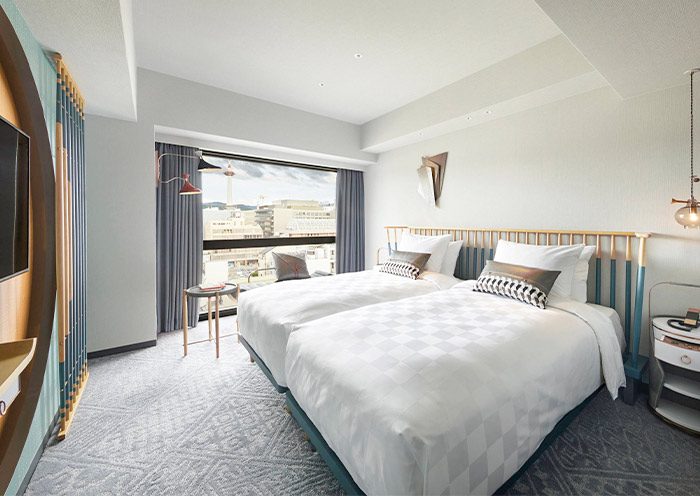


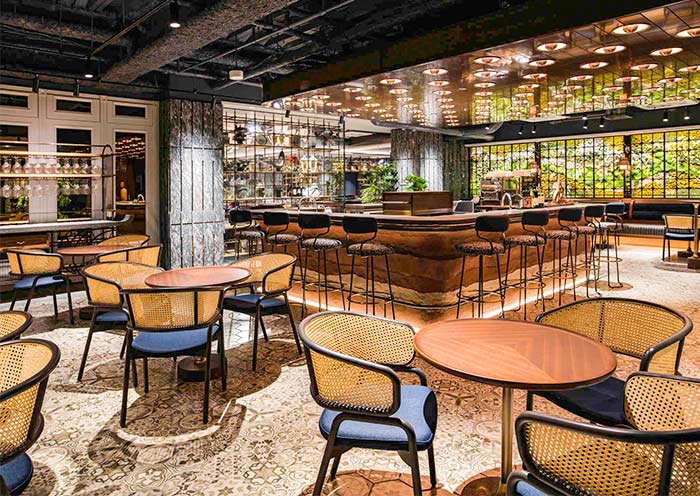
We offer a range of accommodation options to suit various preferences and budgets: luxurious 5-star hotels, comfortable 4-star hotels, and economical 3-star hotels. Our selected hotels are conveniently located close to the city center or popular tourist spots.
For those seeking a more distinctive lodging experience, we also offer Traditional Ryokans, Machiya, Onsen (hot springs) Hotels, etc. If you have specific needs or preferences, please consult with your travel advisor.
Tips: Be aware that hotel room sizes in Japan may be smaller compared to those in other developed countries due to the scarcity of land. If your budget allows, it is recommended to opt for a higher category of hotel, which will generally offer more comfort.
Photo Gallery for This Itinerary
Latest Japan Tours Reviews from Our Customers

Jess
Malaysia
Destination(s): Beijing, Xian, Shanghai, Zhangjiajie
Date of Experience: Sep 04, 2025
Tour Customized by: Yee
You May be Interested in This Tour: 26 Days In-Depth Vietnam China Japan Tour: Ultimate Asia Contrast

Claudia Konrado
Brazil
That’s when a friend recommended Asia Odyssey Travel (AOT), and it was the best decision we made! Not only did they completely customize our entire trip, but they did so at a perfectly reasonable cost. Our travel agent, Abby, was absolutely incredible. She worked tirelessly with us to build out an itinerary, patiently answering all our questions, offering guidance, making changes, and adding new ideas with such care and professionalism. From Disney and Universal for the teens to visits to TeamLab Planets, museums and temples and shopping excursions, ending with a relaxing beach time in Okinawa, Abby worked with us and ensured there was something wonderful for everyone. Even during the trip, she was always available to help and provide support. I truly can’t express how much Abby made a difference in our experience. The entire team at AOT, from the guides to the drivers, was consistently helpful and attentive, ensuring every moment of our journey was smooth and enjoyable. We are so grateful for the wonderful memories created, all thanks to the dedication and expertise of AOT team. We highly recommend them for an exceptional travel experience.
Date of Experience: Jul 01, 2025
Tour Customized by: Abby
You May be Interested in This Tour: Customized Tour

Cheers
Britain
I’m so glad we chose to do this tour! We were looking for a way to escape the summer heat, and Hokkaido was a dream come true. The air was so fresh and the scenery was just incredible—I swear my photos don’t even do it justice.
The highlight for me was definitely the lavender fields in Furano. They were even more beautiful in person than in all the pictures you see online. Our private guide knew the best spots to get a great view without fighting the crowds. Plus, we got to see all the other rainbow flower fields in Biei which were just as amazing.
The trip was super relaxing because we didn't have to worry about a thing. Our driver was so professional, and it was a huge relief to have a private car just for our family. It made getting between all the different towns so easy. We loved exploring the charming canal in Otaru and getting to eat all the fresh seafood in Sapporo. The food in Hokkaido is seriously on another level!
Date of Experience: Jun 10, 2025
Tour Customized by: Cheers
You May be Interested in This Tour: 8 Days Hokkaido Summer Tour: Colorful Family Vacation on Hokkaido Island
Price: From USD 3010 pp
(Based on a private tour for 6 persons staying in 4-star hotels. Prices may vary depending on the itinerary, travel dates, and group size. )
(Book at least 6 months in advance)


